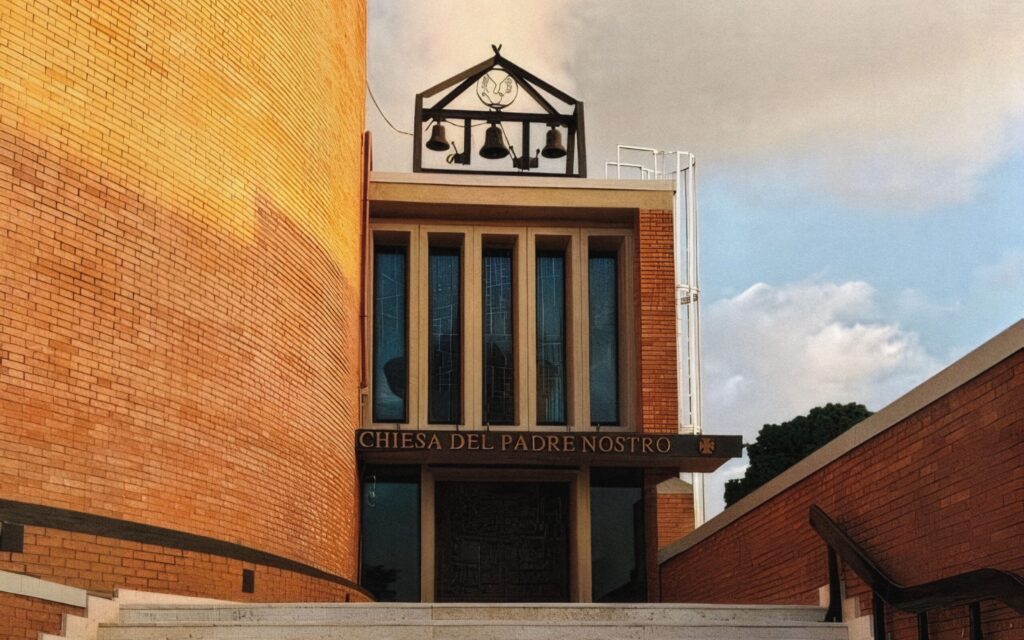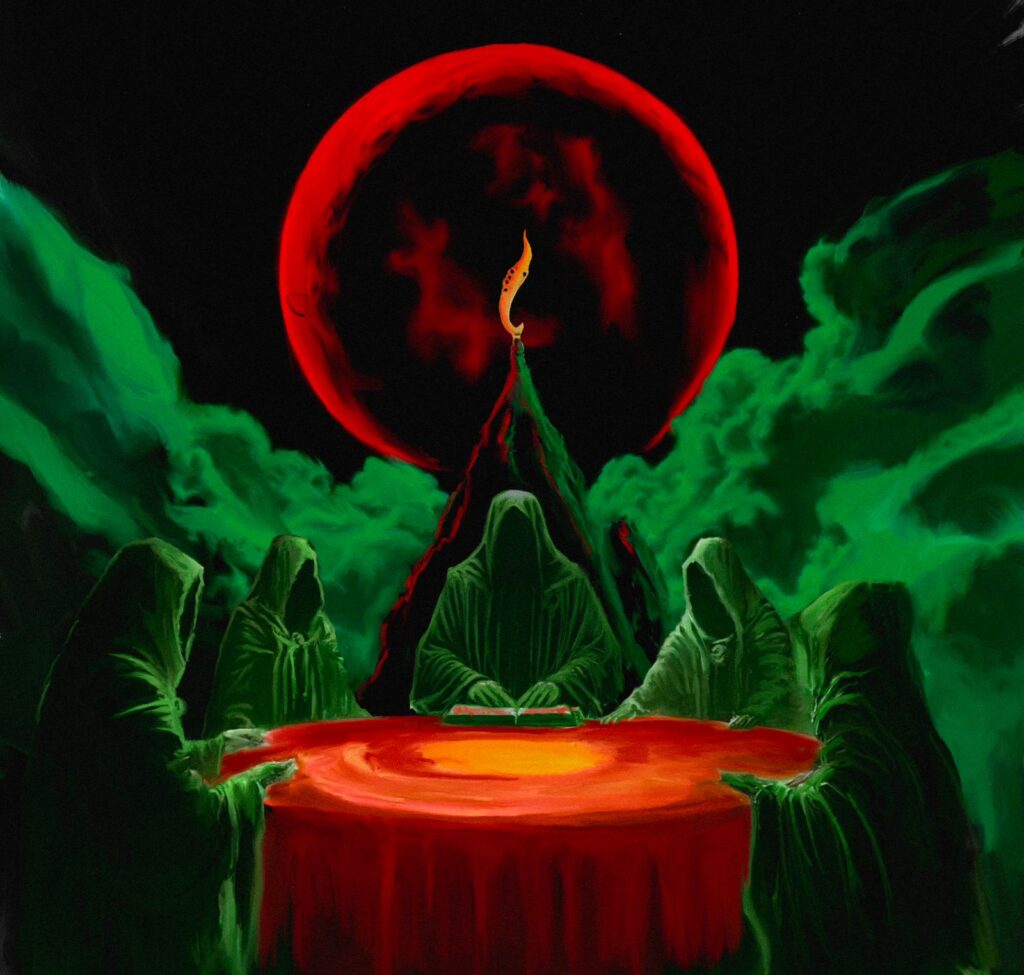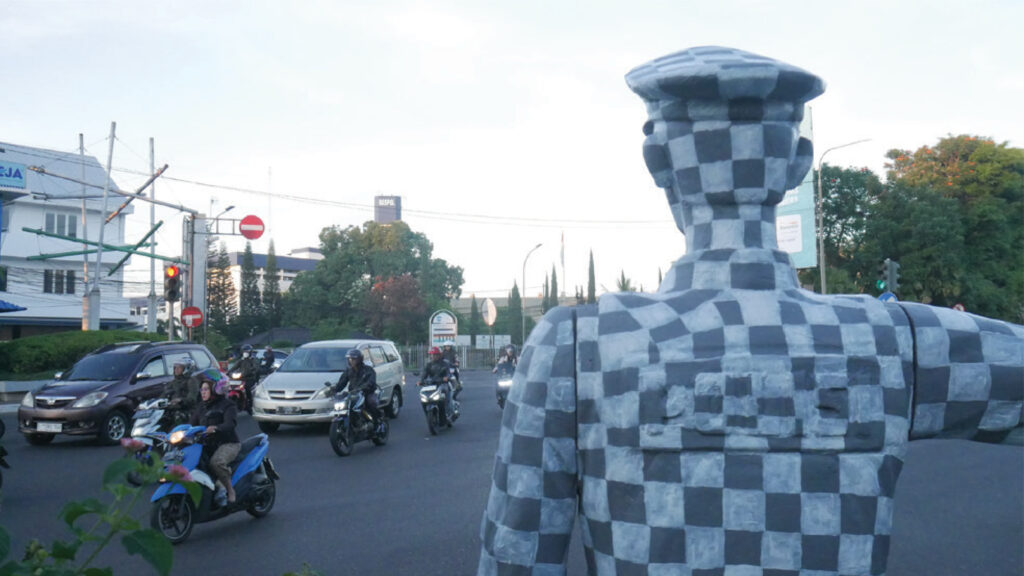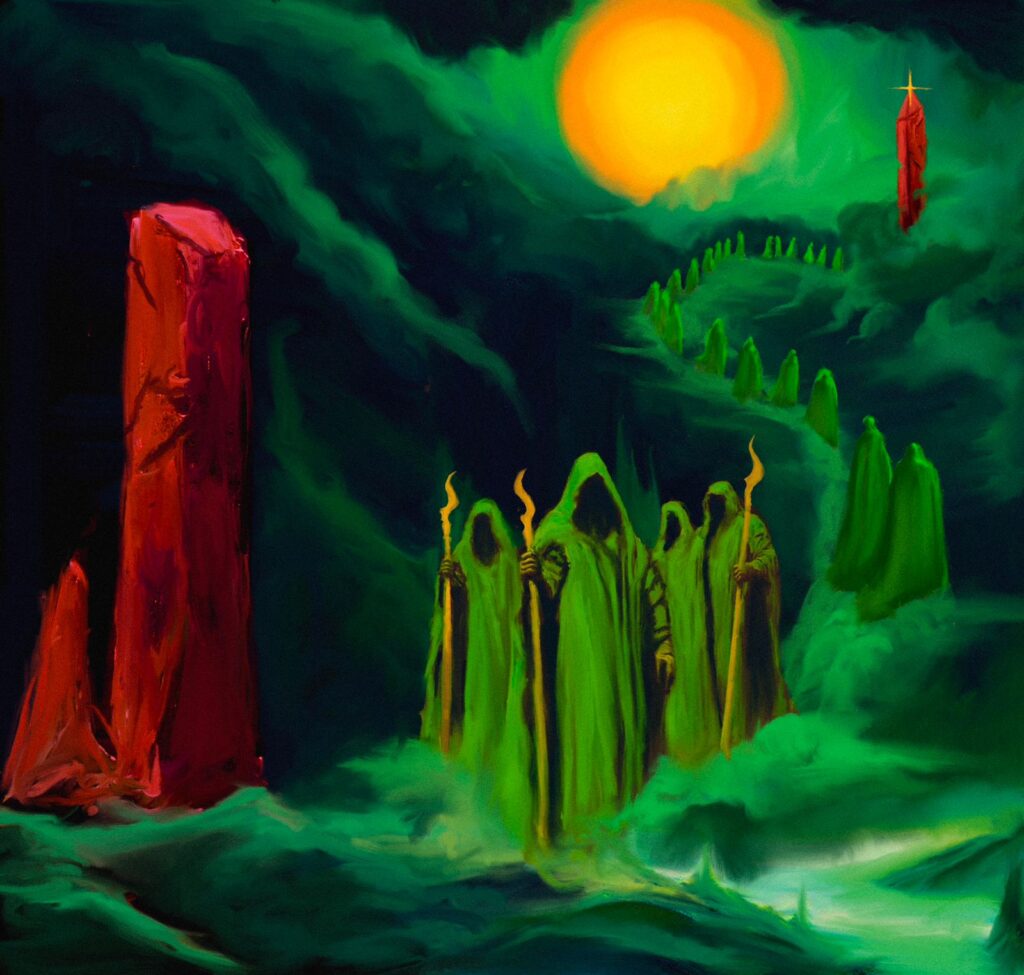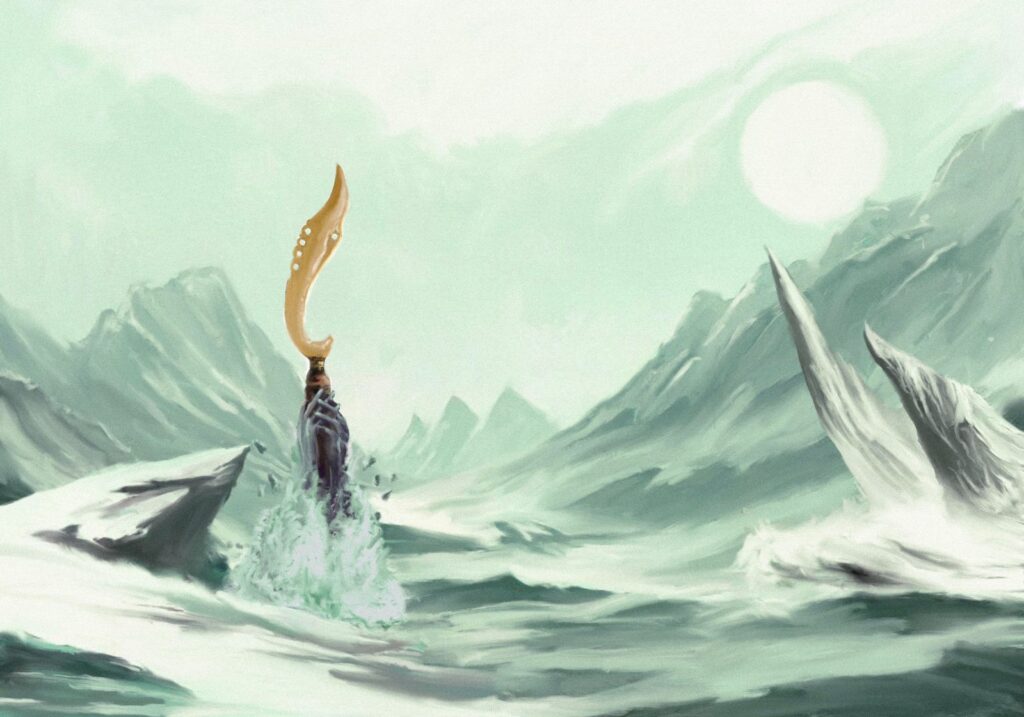The Role of Myth: Upholding Metal Identity in Ujung Berung, Bandung
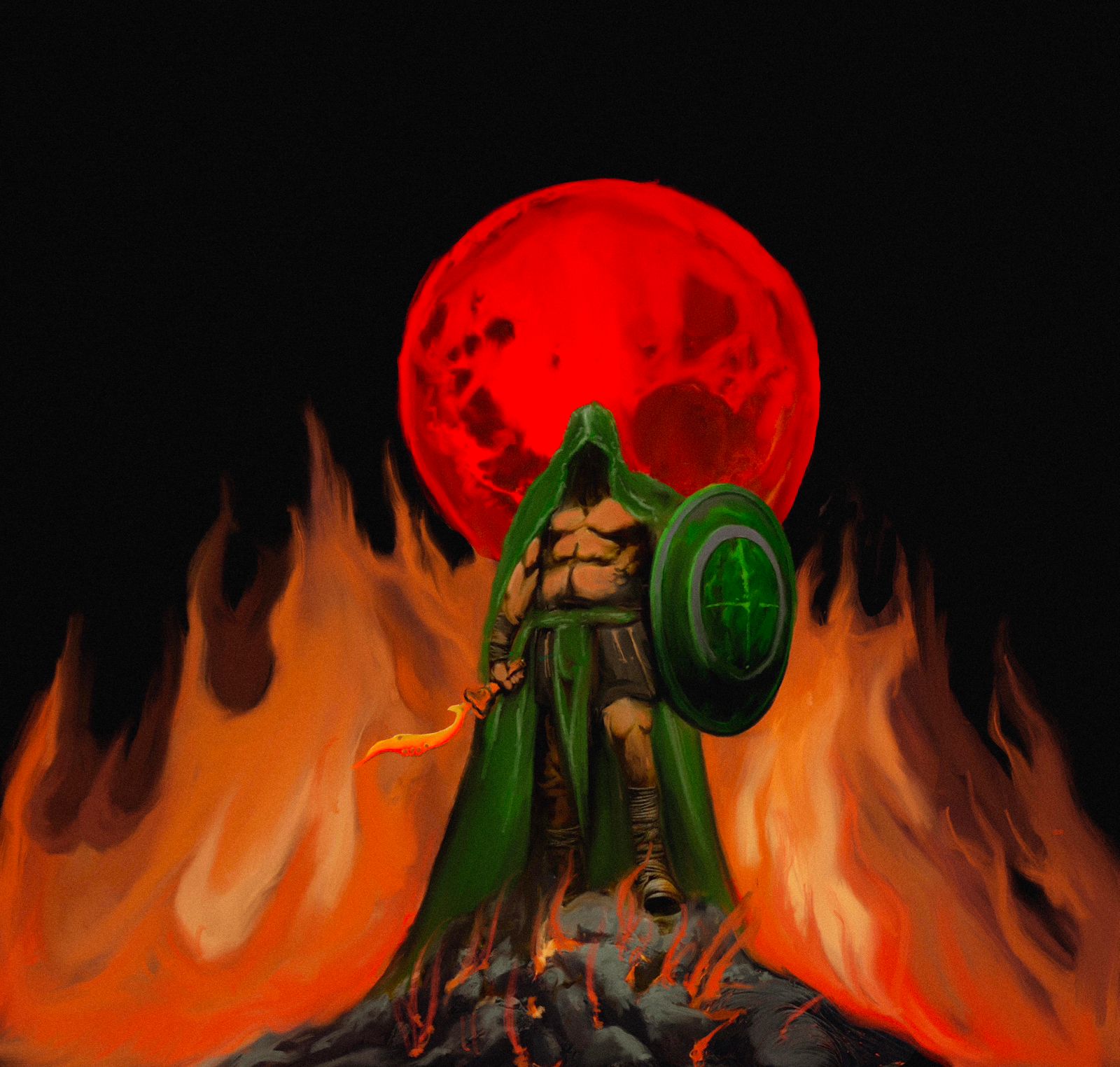
The myth of the underground, especially metal, is a community-created narrative often characterised by a rejection of values typically linked to mainstream culture. Spreading broadly through various forms of media, these myths have helped build powerful stories that challenge conventional beliefs, foster critical thinking, and create space for diverse viewpoints. They serve as a means of self-expression that cultivates a sense of community and collective identity among those with similar beliefs and experiences. Through this exchange, the metal community began to develop a shared understanding of the socio-cultural dynamics within its environment.
Bandung, particularly Ujung Berung, has become the centre of metal music in Indonesia. This place fosters a unique identity closely tied to the creation of narratives that differ slightly from general metal stories. In Ujung Berung, myths are dynamically reinterpreted within the community space, adapting to shifting political, economic, social, and cultural conditions. The metal community in Ujung Berung represents an intriguing case for examining the role of myths in maintaining a variety of identities and perspectives. The socio-cultural uniqueness of Ujung Berung also influences how metal fans negotiate their identities at local and global levels.
Despite rejecting some ideas, they still express themselves through their work and movements. The Ujung Berung metal community uses music and lyrics as tools to voice dissent. Lyrics criticising the government, capitalism, and social injustice enable them to express dissatisfaction with social, political, and cultural issues. This musical expression becomes a form of political resistance, providing a space where dissent can thrive. Other forms of movement are seen in how they establish community support facilities such as radio stations, zines, festivals, educational spaces (AGC Music School and Ngedrum Skool), social media platforms, and the Sundanese metal movement itself. Through these channels, the Ujung Berung metal community disseminates myths about historical narratives, beliefs, significance (including tools for identity expression, resistance to dominant culture, solidarity, and socio-cultural reflection), and technical aspects of metal music. These movements also reveal that myths function as a powerful symbolic system, offering collective meanings, values, and beliefs that help bind individuals and sustain them.
Ujung Berung transforms into an urban mythscape where metal myths flourish alongside local (Sundanese) values, forming a counter-narrative to the dominant metal culture.
Therefore, the cultural practices carried out by the Ujung Berung metal community depict myths not only as static forms but as dynamic tools subject to ongoing interpretation, negotiation, and reshaping. Lyrics, festivals, media, and educational spaces serve as mediums of expression that facilitate the dissemination of metal myths related to identity, solidarity, dissent, and resistance. Ujung Berung, at this point, also transforms into an urban mythscape where metal myths flourish alongside local (Sundanese) values, forming a counter-narrative to the dominant metal culture. Myths also act as mediators between individual experiences and collective consciousness, supporting each other in maintaining the community's sustainability. In this way, beyond simply preserving its cultural identity, the Ujung Berung metal community has also become a case study of a chameleon-like and versatile countercultural space, exemplifying the role of underground music myths in creating environments where education, expression, and dissent intertwine, grow, and evolve.
